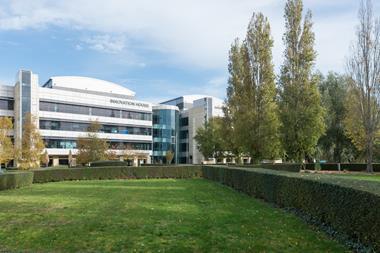Materials suite was used in a multiscale modeling approach to optimise the structure of sulfonated triblock copolymers
Materials Studio
Accelrys
Reviewed by Jan Andzelm, US Army Research Laboratory
We used the Materials suite (consisting of Amorphous Cell, COMPASS, Discover, DMol3 and MesoDyn modules) in a multiscale modeling approach to optimise the structure of sulfonated triblock copolymers, which have shown promising applications for breathable yet protective textiles and could find use in fuel cells.
The quantum density functional theory code DMol3 was used to understand the bonding of water molecules and sulfonate groups. Using molecular dynamics tools (Discover with COMPASS parameters) we calculated the polymer density at various polymer sulfonation levels, while Amorphous Cell was used to construct polymer bulk phases.
Mesoscale modeling, using the MesoDyn module, was used to study the effect of sulfonation on phase morphology.
These multiscale simulations of microphase separated polymeric systems, lead to understanding of the underlying processes at the detailed atomistic level, not accessible by experiment, and to prediction of macroscopic properties at the mesoscale level that can be verified by experimental measurements.
For more information see website.












No comments yet